Home>Furniture & Design>Bathroom Accessories>How To Unclog An Overflowing Toilet Without A Plunger
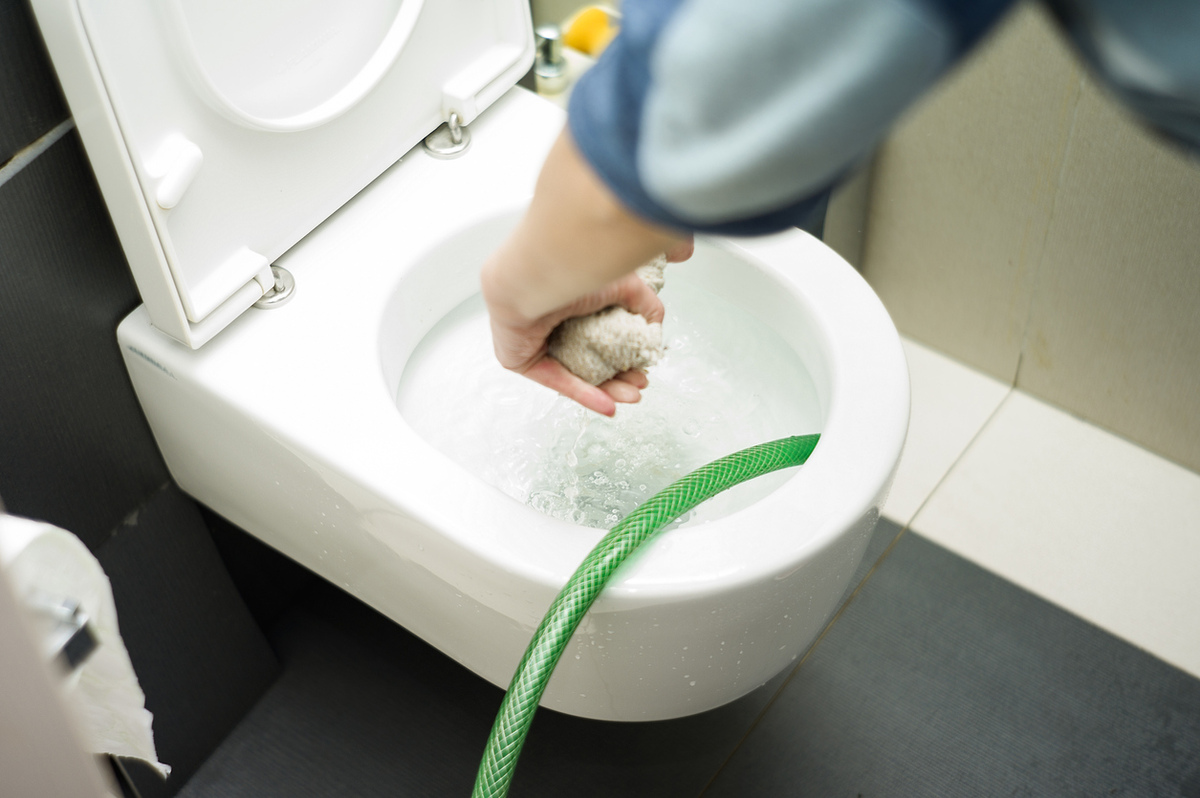

Bathroom Accessories
How To Unclog An Overflowing Toilet Without A Plunger
Modified: March 2, 2024
Learn effective ways to unclog an overflowing toilet without a plunger using simple bathroom accessories. Keep your bathroom clean and functional.
(Many of the links in this article redirect to a specific reviewed product. Your purchase of these products through affiliate links helps to generate commission for Storables.com, at no extra cost. Learn more)
Introduction
Dealing with an overflowing toilet can be a stressful and messy situation. Whether it's caused by excessive toilet paper, a foreign object, or a buildup of waste, a clogged toilet can disrupt your daily routine and create a sense of urgency to resolve the issue promptly. While a plunger is the go-to tool for unclogging a toilet, there are instances when it's not readily available. In such cases, knowing alternative methods to address the problem can be invaluable.
In this comprehensive guide, we will explore effective techniques for unclogging an overflowing toilet without the use of a plunger. From assessing the situation to utilizing household items, we will walk you through step-by-step instructions to help you tackle this common household dilemma with confidence.
By understanding the underlying causes of toilet clogs and learning practical solutions, you can empower yourself to handle this inconvenience without the need for professional assistance. Whether you're facing a sudden clog or seeking proactive knowledge for future reference, the strategies outlined in this guide will equip you with the skills to address toilet clogs effectively.
So, if you find yourself in the predicament of an overflowing toilet without a plunger in sight, fear not. With the following methods and a bit of resourcefulness, you can navigate this challenging situation and restore your bathroom to its fully functional state. Let's delve into the steps to address this issue and regain peace of mind in your home.
Key Takeaways:
- Don’t panic if your toilet overflows without a plunger. You can use hot water and dish soap, a homemade drain cleaner, or a wire hanger to unclog it effectively. Stay calm and resourceful!
- If DIY methods don’t work, consider calling a professional plumber. They have the expertise and specialized tools to tackle stubborn toilet clogs and ensure a long-term solution. Don’t hesitate to seek help when needed!
Read more: How To Unclog A Toilet Without A Plunger
Step 1: Assess the Situation
Before diving into the process of unclogging an overflowing toilet without a plunger, it's crucial to assess the situation thoroughly. Understanding the severity of the clog and the potential causes will guide your approach and help determine the most suitable method for resolving the issue.
Start by observing the water level in the toilet bowl. If the water is rising and close to spilling over the rim, it's essential to act quickly to prevent a messy and unsanitary situation. Take note of any signs of blockage, such as excessive toilet paper, foreign objects, or visible waste accumulation.
Next, evaluate the water flow in the toilet bowl. If the water is not draining or is draining slowly after flushing, it indicates a partial or complete blockage in the drain pipe. Additionally, listen for any gurgling or bubbling sounds, as these may signal a more severe obstruction further down the plumbing system.
Assessing the situation also involves considering the availability of alternative tools and supplies. If a plunger is not accessible, take stock of any potential substitutes, such as a wire hanger, dish soap, or a homemade drain cleaner. Being resourceful and adaptable can significantly impact your ability to address the clog effectively.
Furthermore, consider the urgency of the situation. If the toilet is the only one in the household or if multiple individuals rely on its functionality, prioritizing a swift resolution becomes paramount. On the other hand, if alternative restroom facilities are available, it may allow for a more methodical and patient approach to unclogging the toilet.
By thoroughly assessing the situation, you gain valuable insights that inform your subsequent actions. This proactive approach sets the stage for a more targeted and effective unclogging process, ultimately contributing to a smoother resolution of the issue.
In the following steps, we will explore practical methods and techniques to address the clog based on the initial assessment. With a clear understanding of the situation at hand, you can proceed with confidence and purpose, equipped with the knowledge to tackle the challenge of an overflowing toilet without a plunger.
Step 2: Gather Necessary Supplies
When faced with an overflowing toilet and the absence of a plunger, gathering the necessary supplies is a crucial preparatory step in addressing the clog effectively. While a plunger is the conventional tool for resolving toilet blockages, alternative methods rely on readily available household items to achieve a similar outcome. By assembling the appropriate supplies, you can approach the unclogging process with confidence and resourcefulness.
Here are the essential supplies to gather when preparing to unclog an overflowing toilet without a plunger:
-
Rubber Gloves: Before initiating any unclogging method, it's advisable to wear rubber gloves to protect your hands from coming into direct contact with the toilet water and potential debris. This simple precaution helps maintain hygiene and minimizes the risk of exposure to bacteria or pathogens.
-
Bucket: Having a bucket on hand is invaluable, especially if the toilet bowl is close to overflowing. A bucket can be used to carefully remove excess water from the toilet bowl, reducing the risk of spills and facilitating a clearer workspace for the unclogging process.
-
Hot Water: Boiling water is a potent and accessible tool for breaking down toilet clogs. By heating water to near-boiling temperature, you can create a forceful and effective flushing action to dislodge the obstruction. Ensure the availability of a heat-resistant container for transporting the hot water to the toilet.
-
Dish Soap: The lubricating and emulsifying properties of dish soap make it a valuable ally in unclogging a toilet without a plunger. When combined with hot water, dish soap can help break down organic matter and facilitate smoother drainage, potentially resolving the clog without the need for physical agitation.
-
Homemade Drain Cleaner Ingredients: If opting for a homemade drain cleaner, gather white vinegar, baking soda, and possibly salt to create a natural and non-toxic solution for breaking down the clog. These common household ingredients can be combined to generate a foaming and effervescent reaction within the toilet drain, aiding in dislodging the obstruction.
-
Wire Hanger: In the absence of a plunger, a straightened wire hanger can serve as a makeshift tool for physically dislodging the clog. This flexible and elongated implement can reach into the toilet drain to break apart or push through the obstruction, providing a mechanical solution to the blockage.
By ensuring the availability of these essential supplies, you can approach the task of unclogging an overflowing toilet with a well-equipped and adaptable mindset. Each item serves a specific purpose in the unclogging process, offering practical alternatives to the traditional plunger method. With these supplies at your disposal, you are prepared to proceed to the subsequent steps and address the clog effectively, restoring the functionality of your toilet without the need for professional intervention.
Step 3: Use Hot Water and Dish Soap
When faced with an overflowing toilet and the absence of a plunger, the combination of hot water and dish soap can serve as a powerful and effective method for unclogging the toilet. This approach leverages the heat and emulsifying properties of these common household items to break down the obstruction and facilitate smoother drainage, ultimately restoring the toilet's functionality.
To initiate this method, begin by heating a pot or kettle of water to near-boiling temperature. The hot water acts as a forceful agent, capable of dislodging the clog and promoting improved water flow within the toilet drain. Carefully transport the hot water to the bathroom, ensuring safe handling to prevent accidental burns or spills.
Next, add a generous amount of dish soap to the toilet bowl. The lubricating and emulsifying properties of the dish soap play a crucial role in breaking down organic matter and reducing the friction between the clog and the inner surface of the drain pipe. This process helps to create a smoother pathway for the clog to dislodge and allows for more efficient drainage.
Once the dish soap is added, carefully pour the hot water into the toilet bowl. The combination of hot water and dish soap creates a dynamic and potent solution that works to soften and break apart the clog. As the hot water flows into the drain, it generates a forceful flushing action, exerting pressure on the obstruction and encouraging it to move through the plumbing system.
After pouring the hot water and dish soap into the toilet bowl, allow the solution to work its magic for several minutes. During this time, the heat and emulsifying action of the dish soap penetrate the clog, gradually breaking it down and facilitating improved water flow. Patience is key as the solution permeates the blockage, working to restore the toilet's normal function.
Following the waiting period, flush the toilet to assess the effectiveness of the hot water and dish soap method. If the water level subsides and the toilet flushes normally, it indicates a successful unclogging. However, if the clog persists, consider repeating the process or exploring alternative methods to address the obstruction.
By utilizing hot water and dish soap, you can effectively tackle an overflowing toilet without the need for a plunger. This straightforward and accessible method harnesses the power of common household items to resolve the clog, offering a practical and resourceful solution to a common household inconvenience. With the combination of hot water and dish soap, you can navigate the challenge of a clogged toilet with confidence and ingenuity, restoring the functionality of your bathroom with minimal hassle.
Pour hot water and dish soap into the toilet bowl. Let it sit for a few minutes, then flush. The hot water and soap can help break up the clog and unclog the toilet.
Step 4: Try a Homemade Drain Cleaner
In situations where a plunger is unavailable, a homemade drain cleaner presents a viable and environmentally friendly alternative for addressing a clogged toilet. This method leverages the natural cleaning and deodorizing properties of common household ingredients to break down the obstruction and restore proper drainage within the toilet's plumbing system.
To create a homemade drain cleaner, begin by gathering white vinegar, baking soda, and optionally, salt. These readily available ingredients serve as the building blocks for a non-toxic and effective solution to combat toilet clogs. The combination of white vinegar and baking soda initiates a foaming and effervescent reaction, which can help dislodge the obstruction and improve water flow.
Start by pouring one cup of baking soda into the toilet bowl. Baking soda, known for its mild abrasive properties and natural deodorizing effects, serves as a foundational component in the homemade drain cleaner. The alkaline nature of baking soda contributes to the breakdown of organic matter, potentially aiding in the dissolution of the clog.
Following the addition of baking soda, pour two cups of white vinegar into the toilet bowl. The introduction of white vinegar triggers a chemical reaction with the baking soda, resulting in a foaming and bubbling effect. This effervescent action works to dislodge the clog and break down any accumulated debris within the drain pipe.
Optionally, you can add a small amount of salt to the mixture. Salt, known for its abrasive and scouring properties, can further enhance the cleaning and deodorizing effects of the homemade drain cleaner. While salt is not essential to the foaming reaction, its inclusion can contribute to a more thorough cleaning process.
Allow the homemade drain cleaner to work its magic for at least 30 minutes. During this time, the foaming action and chemical reaction penetrate the clog, potentially loosening and dissolving the obstruction within the toilet's plumbing system. This passive approach provides an opportunity for the homemade drain cleaner to exert its cleaning and deodorizing effects, contributing to the gradual resolution of the clog.
After the waiting period, flush the toilet to assess the effectiveness of the homemade drain cleaner. If the water level subsides and the toilet flushes normally, it indicates a successful unclogging. However, if the clog persists, consider repeating the process or exploring alternative methods to address the obstruction.
By utilizing a homemade drain cleaner, you can effectively address an overflowing toilet without the need for a plunger. This natural and non-toxic method harnesses the power of common household ingredients to combat toilet clogs, offering a practical and environmentally conscious solution to a common household inconvenience. With the homemade drain cleaner, you can navigate the challenge of a clogged toilet with resourcefulness and eco-friendly ingenuity, restoring the functionality of your bathroom with minimal hassle.
Read more: How To Unclog Toilet Without Plunger
Step 5: Use a Wire Hanger
When faced with an overflowing toilet and the absence of a plunger, a wire hanger can serve as a makeshift yet effective tool for physically dislodging the clog. This method leverages the flexibility and elongated structure of a wire hanger to reach into the toilet drain, providing a mechanical solution to the blockage.
To initiate this method, start by retrieving a wire hanger from your closet or storage area. Once obtained, straighten the wire hanger to create a long, slender implement with a hook at one end. This simple modification transforms the wire hanger into a versatile tool capable of reaching into the toilet drain to break apart or push through the obstruction.
With the straightened wire hanger in hand, carefully insert the hooked end into the toilet drain. Exercise caution and gentle maneuvering to avoid causing damage to the porcelain surface of the toilet. Once inserted, gently probe and maneuver the wire hanger within the drain, aiming to dislodge the clog and restore proper water flow.
The flexible nature of the wire hanger allows it to navigate the twists and turns of the drain pipe, potentially reaching the site of the obstruction and providing a means to physically break apart or push through the blockage. By employing a gentle and persistent approach, you can leverage the wire hanger's maneuverability to address the clog effectively.
As you navigate the wire hanger within the toilet drain, be mindful of any resistance or unusual sensations, which may indicate contact with the clog. Gentle and deliberate movements can help dislodge the obstruction without causing damage to the plumbing system. Additionally, periodically withdrawing the wire hanger and flushing the toilet can provide insight into the progress of the unclogging process.
After employing the wire hanger method, flush the toilet to assess the effectiveness of the mechanical intervention. If the water level subsides and the toilet flushes normally, it indicates a successful unclogging. However, if the clog persists, consider repeating the process or exploring alternative methods to address the obstruction.
By utilizing a wire hanger, you can effectively tackle an overflowing toilet without the need for a plunger. This resourceful and straightforward method harnesses the everyday utility of a wire hanger to resolve toilet clogs, offering a practical and accessible solution to a common household inconvenience. With the wire hanger method, you can navigate the challenge of a clogged toilet with adaptability and ingenuity, restoring the functionality of your bathroom with minimal hassle.
Step 6: Call a Professional if Necessary
In some instances, despite diligent efforts to unclog an overflowing toilet without a plunger, the persistence of the obstruction may warrant the expertise of a professional plumber. When faced with a stubborn or recurring toilet clog that remains unresponsive to DIY methods, seeking professional assistance can provide a reliable and comprehensive solution to the issue.
A professional plumber possesses the knowledge, experience, and specialized tools necessary to diagnose and address complex toilet clogs effectively. By engaging the services of a skilled plumber, you can benefit from their expertise in identifying the underlying cause of the clog, whether it involves a localized obstruction within the toilet drain or a more extensive issue within the plumbing system.
Furthermore, a professional plumber can conduct a thorough inspection of the toilet and its associated plumbing components, identifying any potential structural or functional issues that may contribute to recurring clogs. This comprehensive assessment enables the plumber to offer targeted solutions that address the root cause of the problem, ensuring a long-term resolution and preventing future instances of toilet clogging.
Additionally, professional plumbers are equipped with specialized tools and equipment designed to tackle challenging clogs and plumbing obstructions. From drain snakes and augers to high-pressure water jetting systems, these advanced tools enable plumbers to navigate and clear blockages within the toilet drain and the broader plumbing network, restoring optimal functionality to the entire system.
Moreover, engaging a professional plumber provides peace of mind and assurance that the clog will be addressed with precision and expertise. The plumber's ability to implement industry best practices and adhere to safety standards ensures a reliable and effective resolution to the toilet clog, minimizing the risk of damage to the plumbing infrastructure and promoting the long-term integrity of the system.
Ultimately, when DIY methods prove insufficient in resolving an overflowing toilet clog, reaching out to a professional plumber offers a proactive and reliable approach to addressing the issue. By leveraging the expertise and resources of a skilled professional, you can navigate the challenge of a persistent toilet clog with confidence, knowing that a comprehensive and effective solution is within reach.
Conclusion
In conclusion, navigating the challenge of an overflowing toilet without a plunger demands resourcefulness, adaptability, and a proactive approach to resolving the issue effectively. By assessing the situation, gathering necessary supplies, and employing alternative methods, individuals can address toilet clogs with confidence and ingenuity, restoring the functionality of their bathroom without the need for professional intervention.
The methods outlined in this comprehensive guide offer practical and accessible solutions to a common household inconvenience. From utilizing hot water and dish soap to creating a homemade drain cleaner and employing a wire hanger, individuals can leverage everyday items to combat toilet clogs, demonstrating the power of resourcefulness in addressing unexpected challenges.
Furthermore, the proactive assessment of the situation and the consideration of alternative tools and supplies empower individuals to approach the unclogging process with clarity and purpose. By understanding the urgency of the situation and prioritizing a swift resolution, individuals can navigate the challenge of an overflowing toilet with a targeted and effective approach, minimizing disruptions to their daily routine.
In instances where DIY methods prove insufficient in resolving persistent toilet clogs, seeking professional assistance from a skilled plumber offers a reliable and comprehensive solution to the issue. The expertise, specialized tools, and industry best practices employed by professional plumbers ensure a thorough and effective resolution, providing peace of mind and long-term integrity to the plumbing system.
Ultimately, by equipping oneself with the knowledge and practical techniques outlined in this guide, individuals can approach the inconvenience of an overflowing toilet with confidence and resilience. The ability to adapt, problem-solve, and explore alternative solutions underscores the resourcefulness and ingenuity required to address unexpected household challenges, fostering a sense of empowerment and self-reliance.
In the face of an overflowing toilet without a plunger, individuals can draw upon the insights and methods presented in this guide to navigate the situation with confidence, ultimately restoring the functionality of their bathroom and reclaiming a sense of normalcy within their home.
Frequently Asked Questions about How To Unclog An Overflowing Toilet Without A Plunger
Was this page helpful?
At Storables.com, we guarantee accurate and reliable information. Our content, validated by Expert Board Contributors, is crafted following stringent Editorial Policies. We're committed to providing you with well-researched, expert-backed insights for all your informational needs.
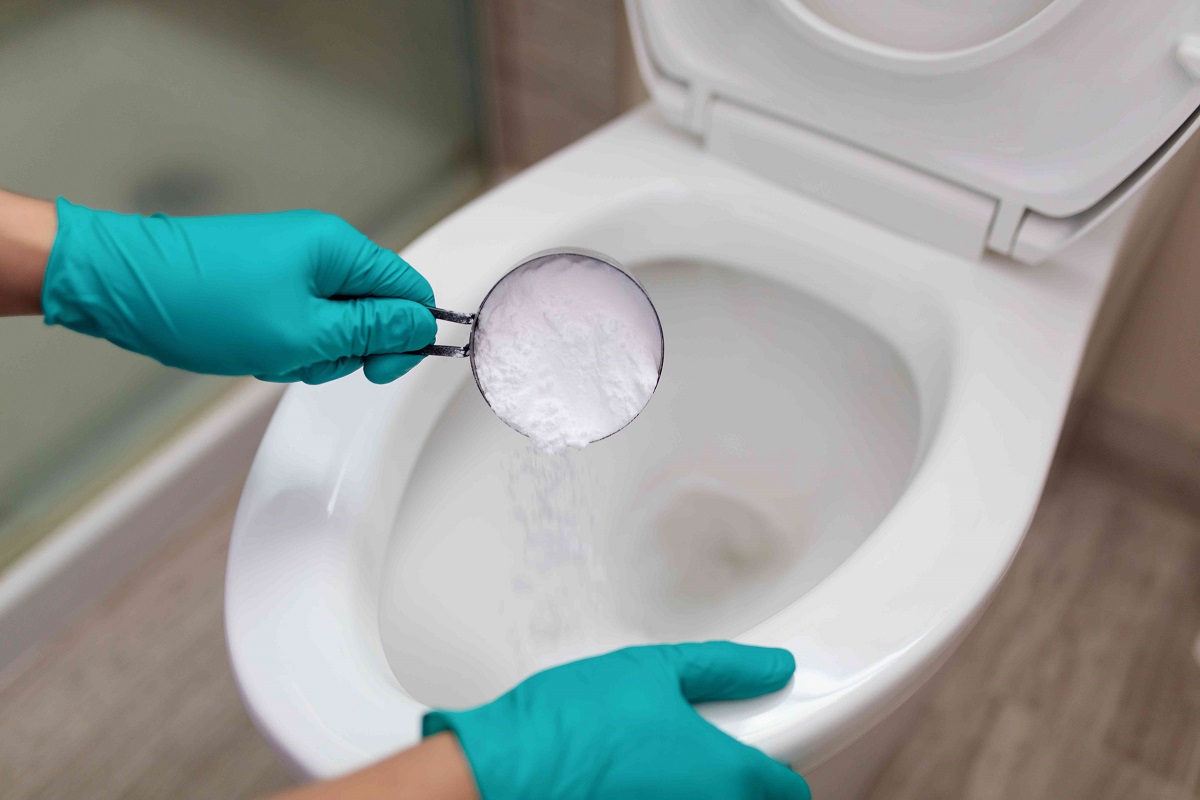
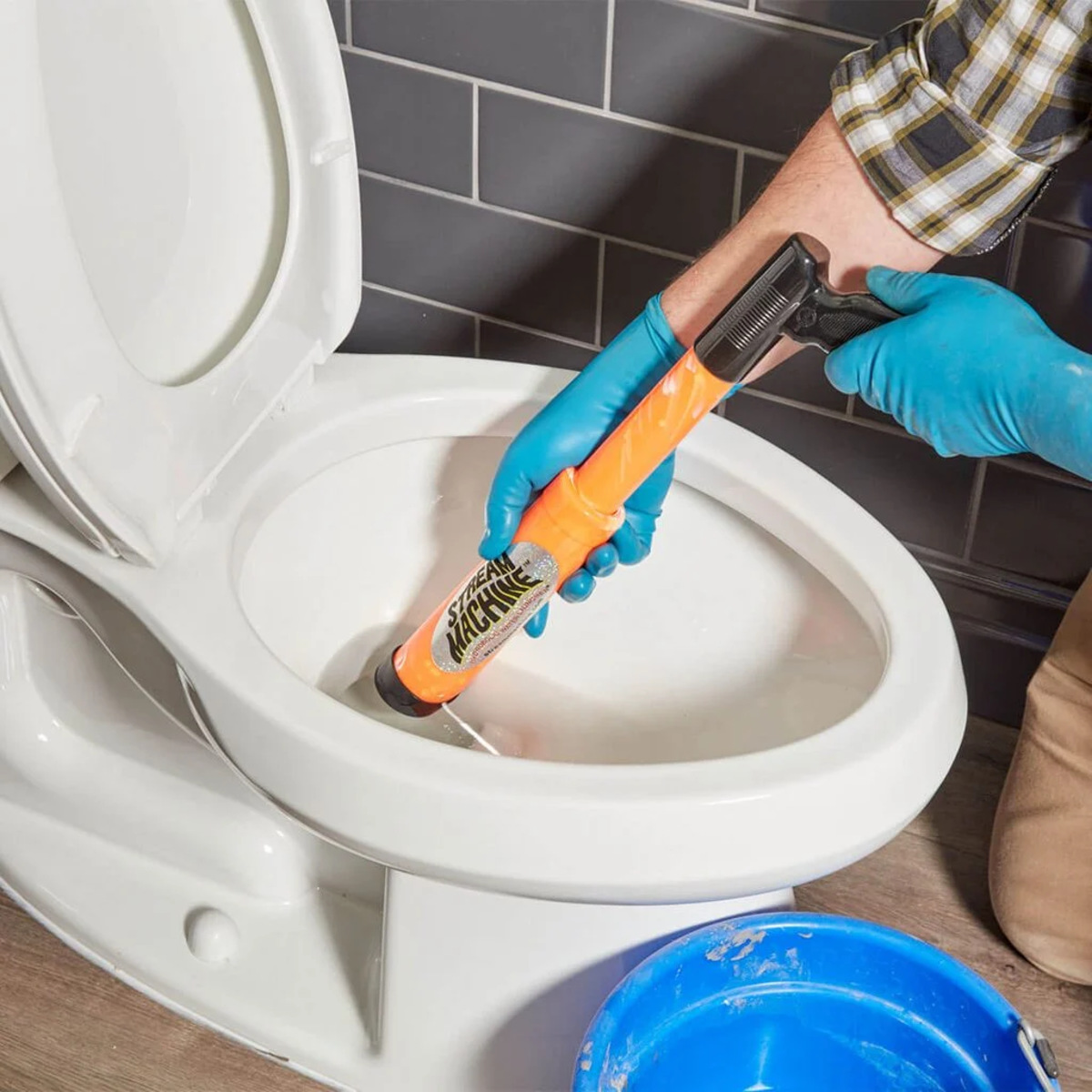
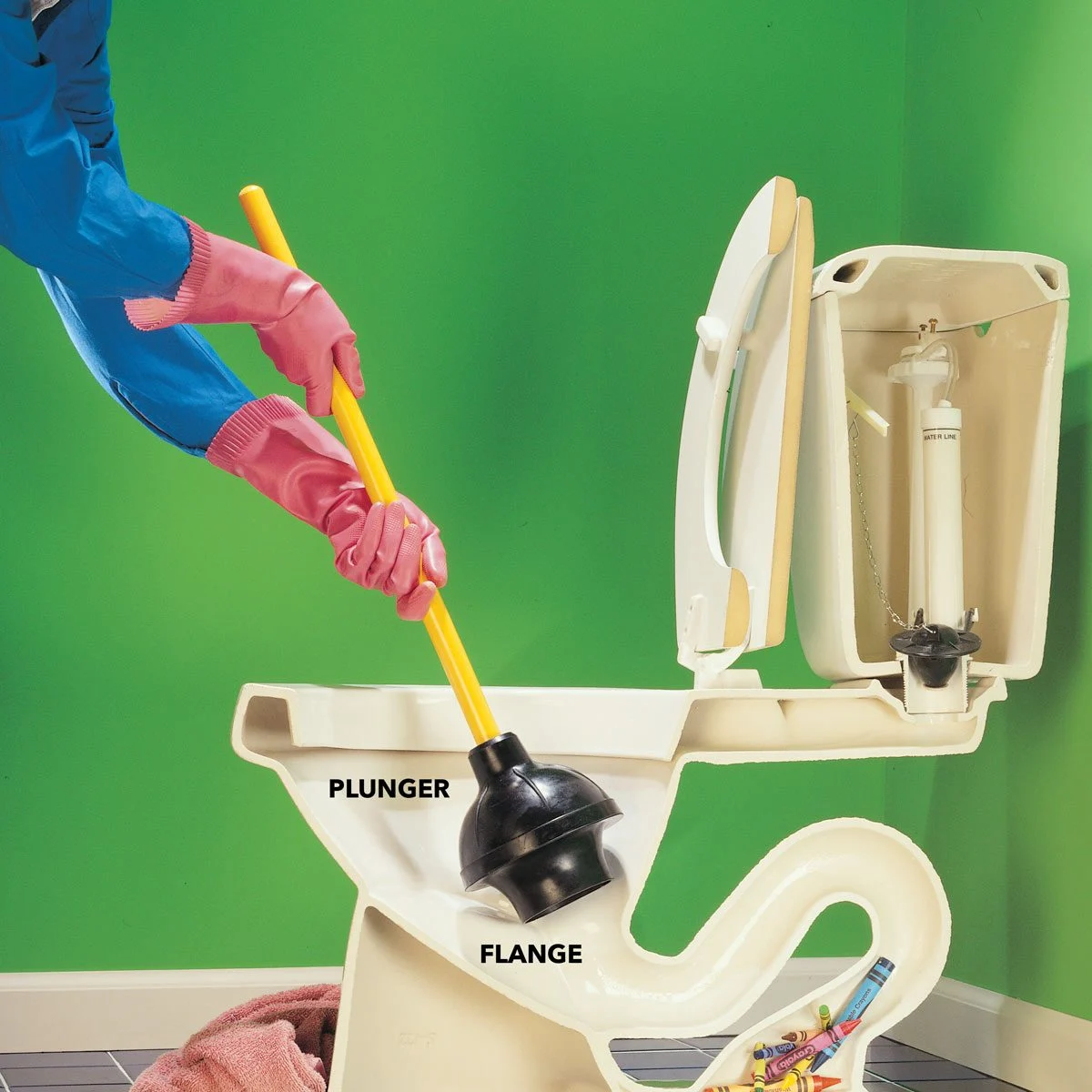
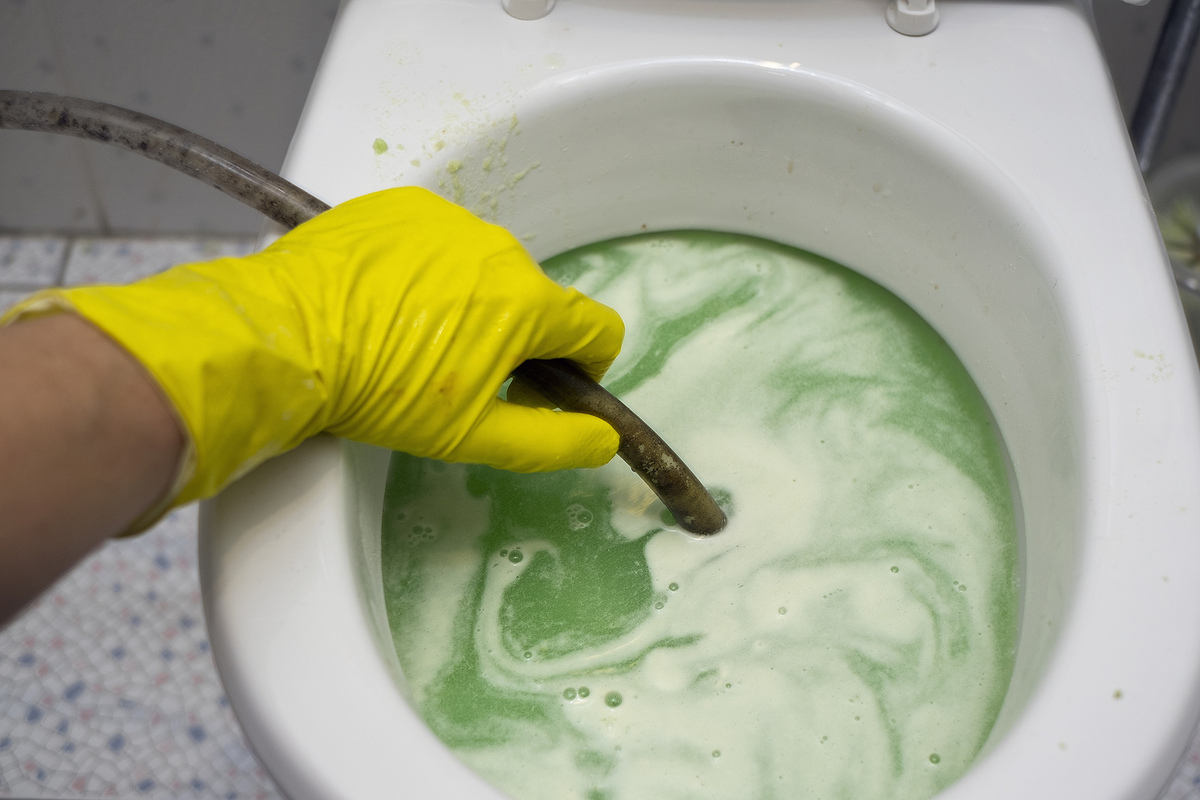
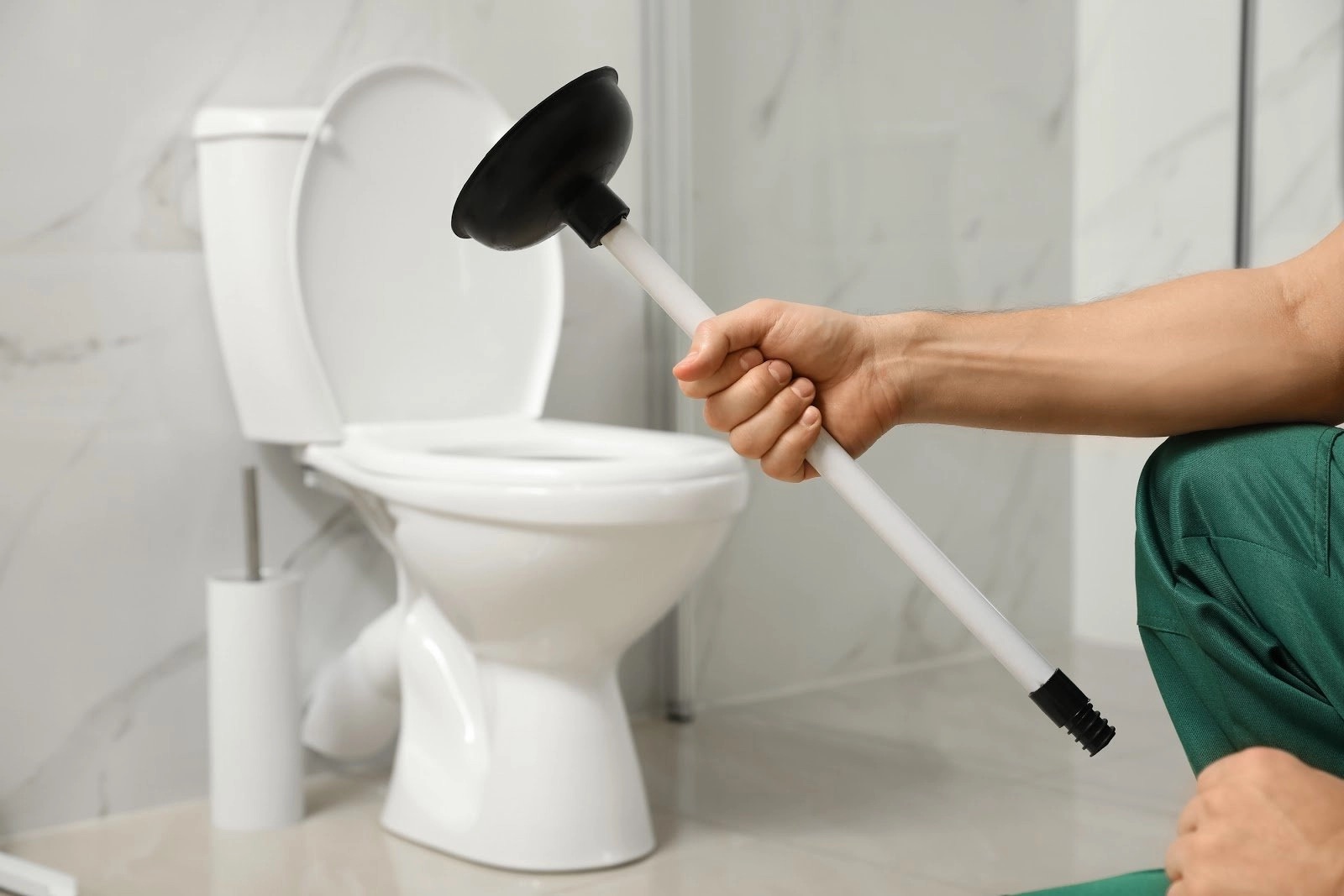
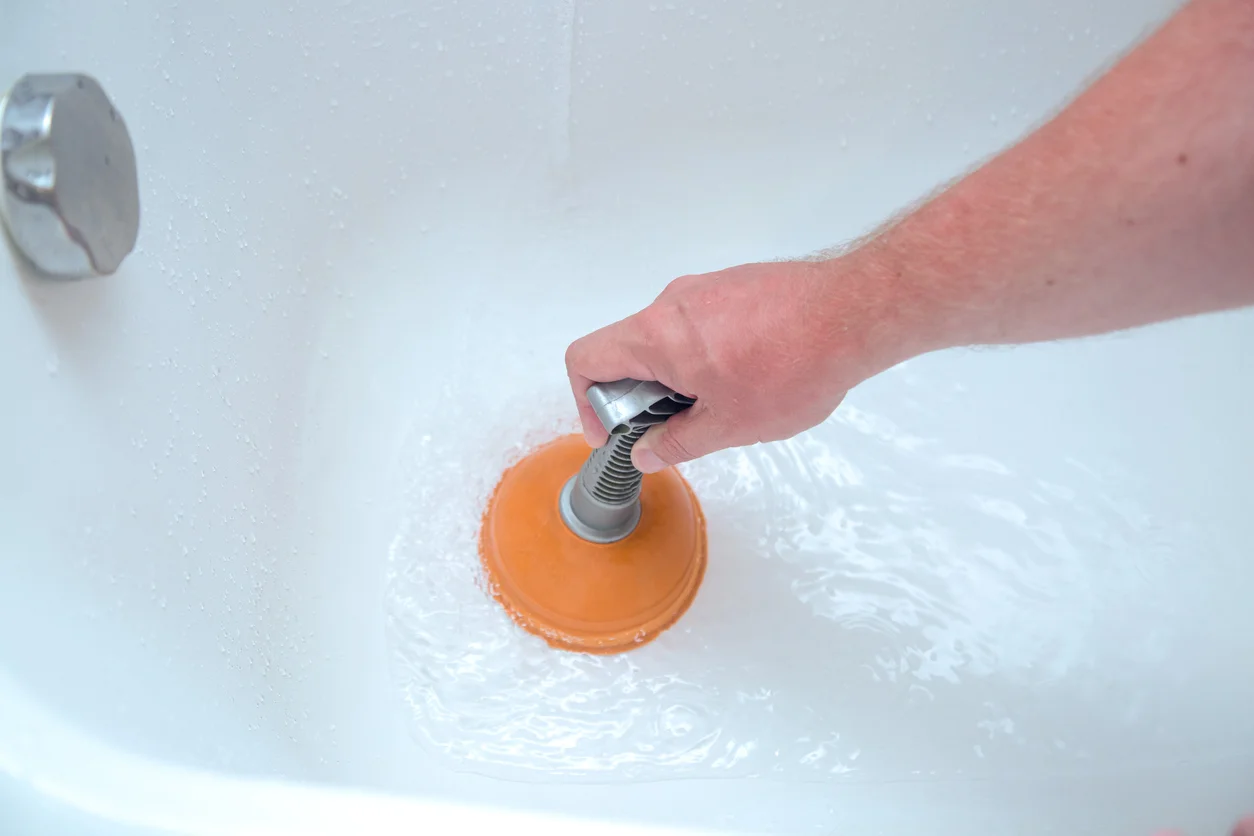
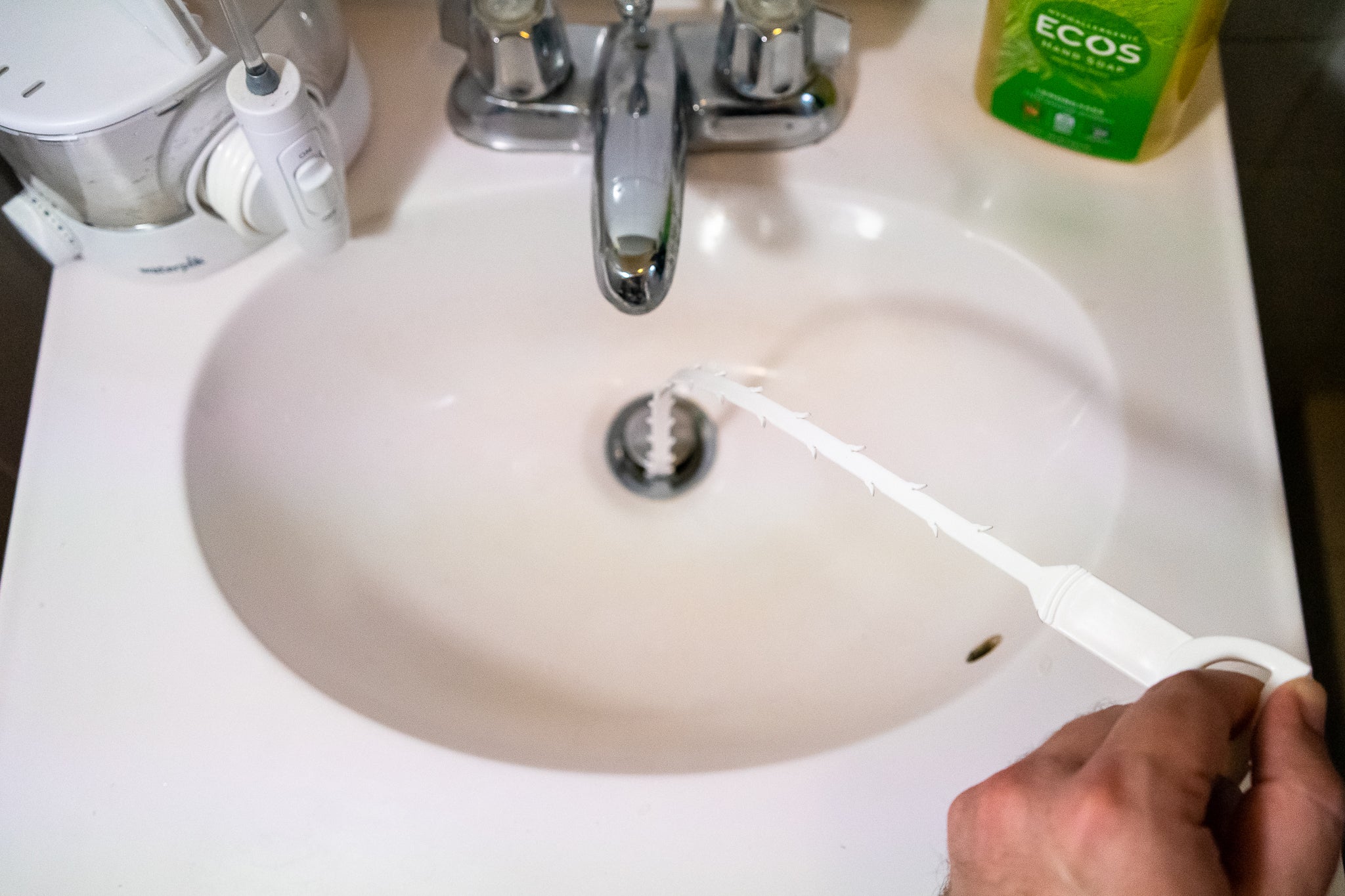
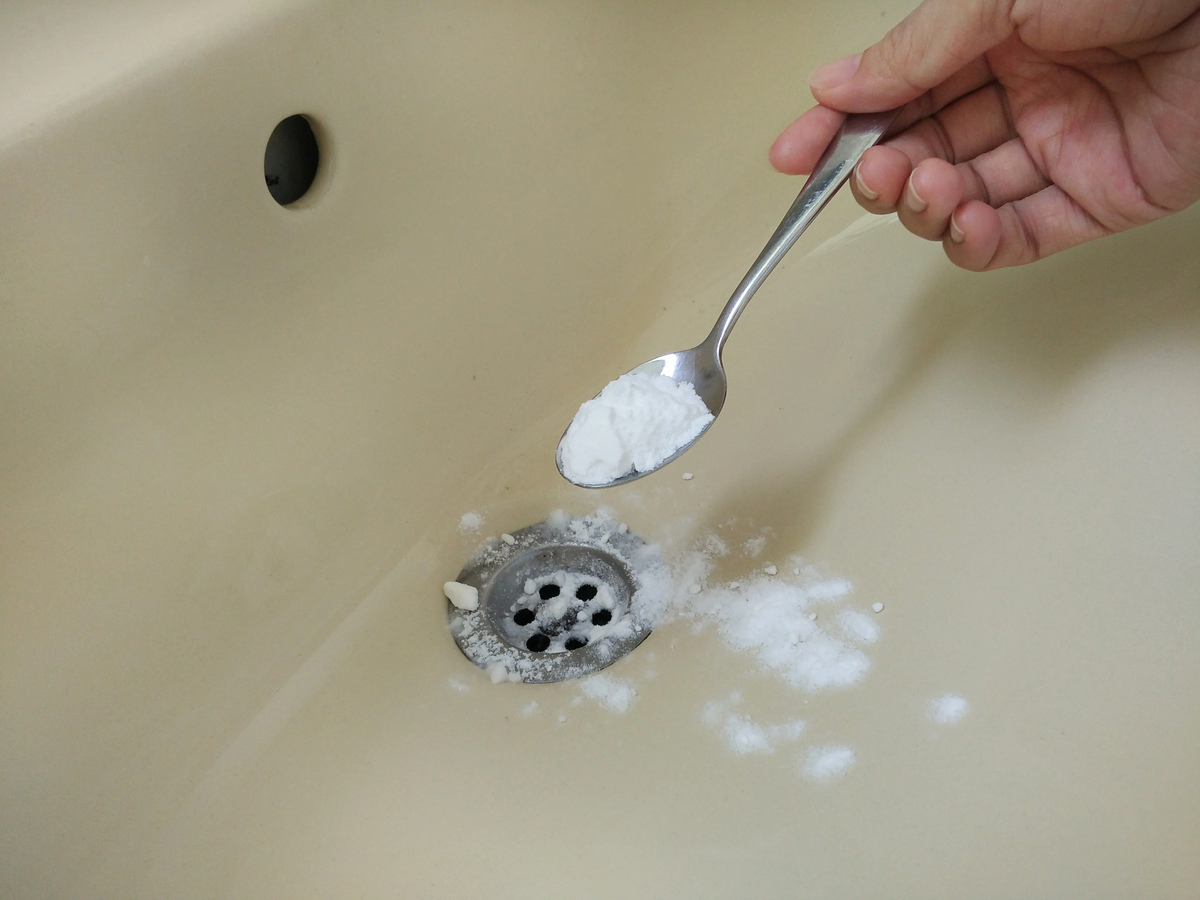
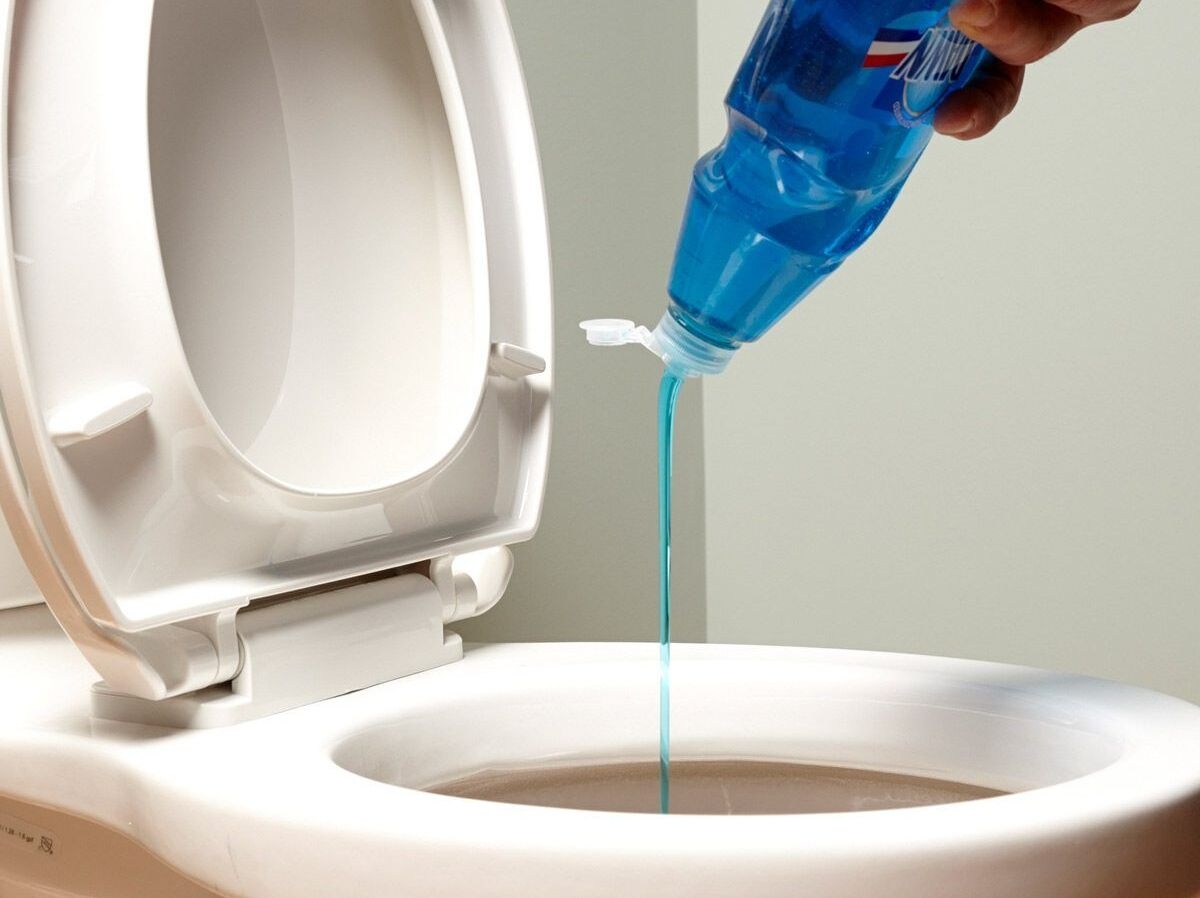
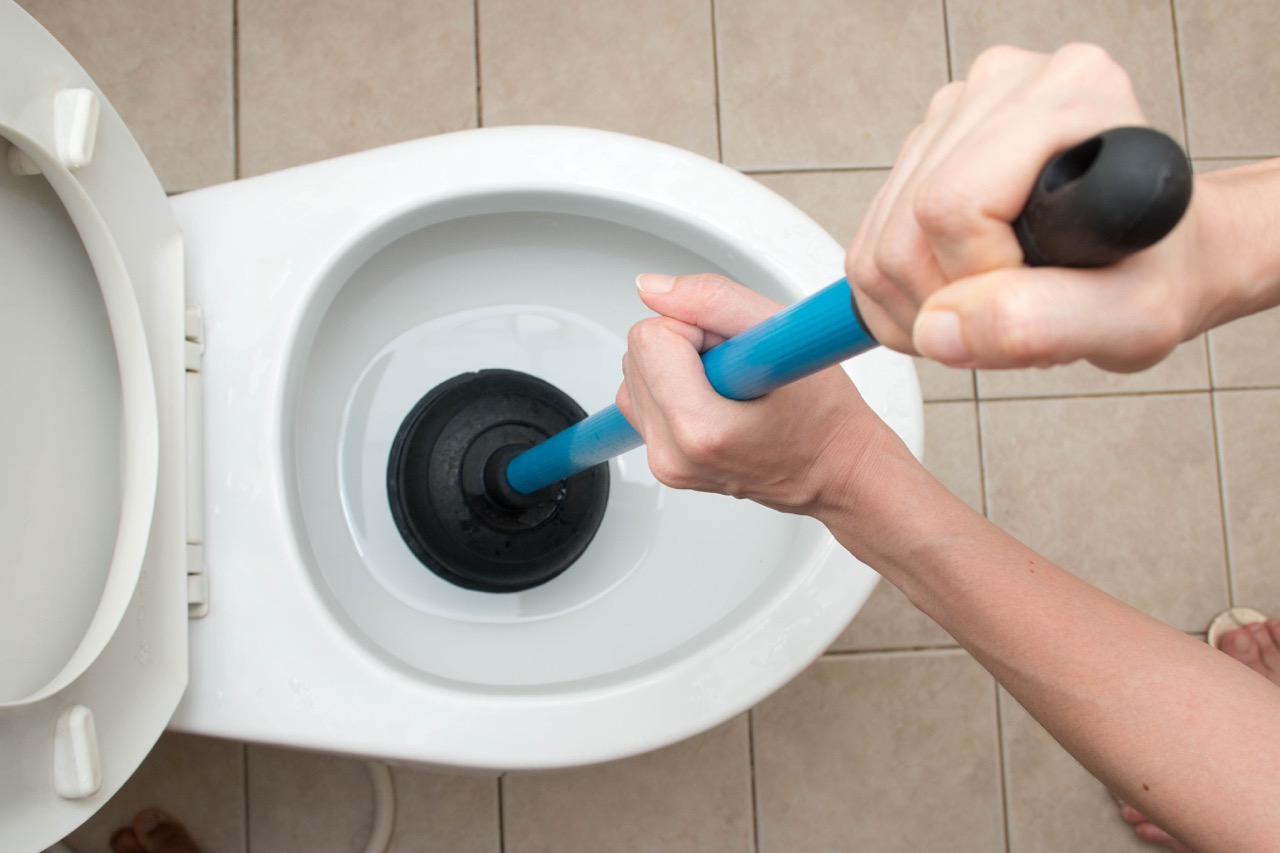
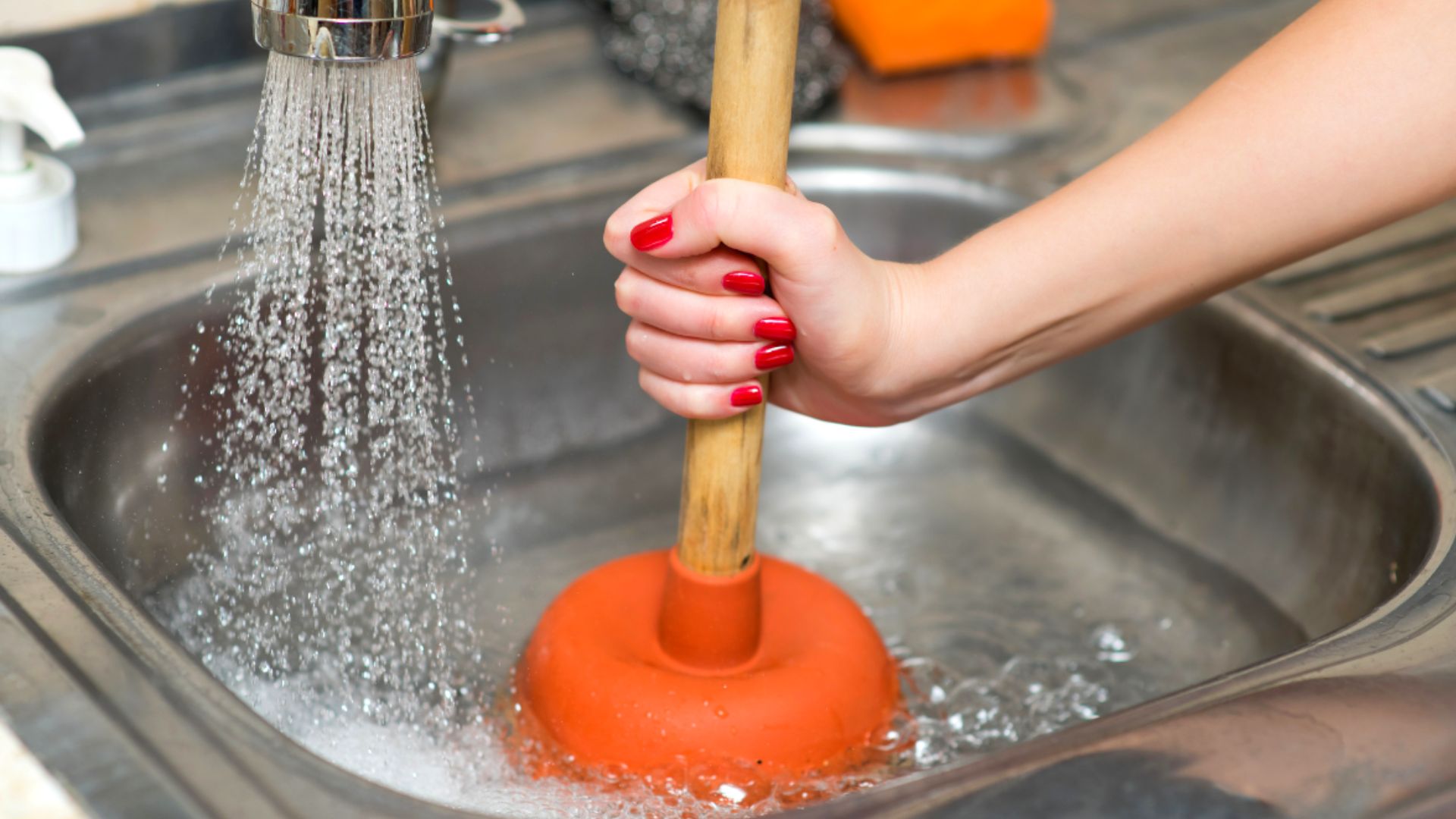
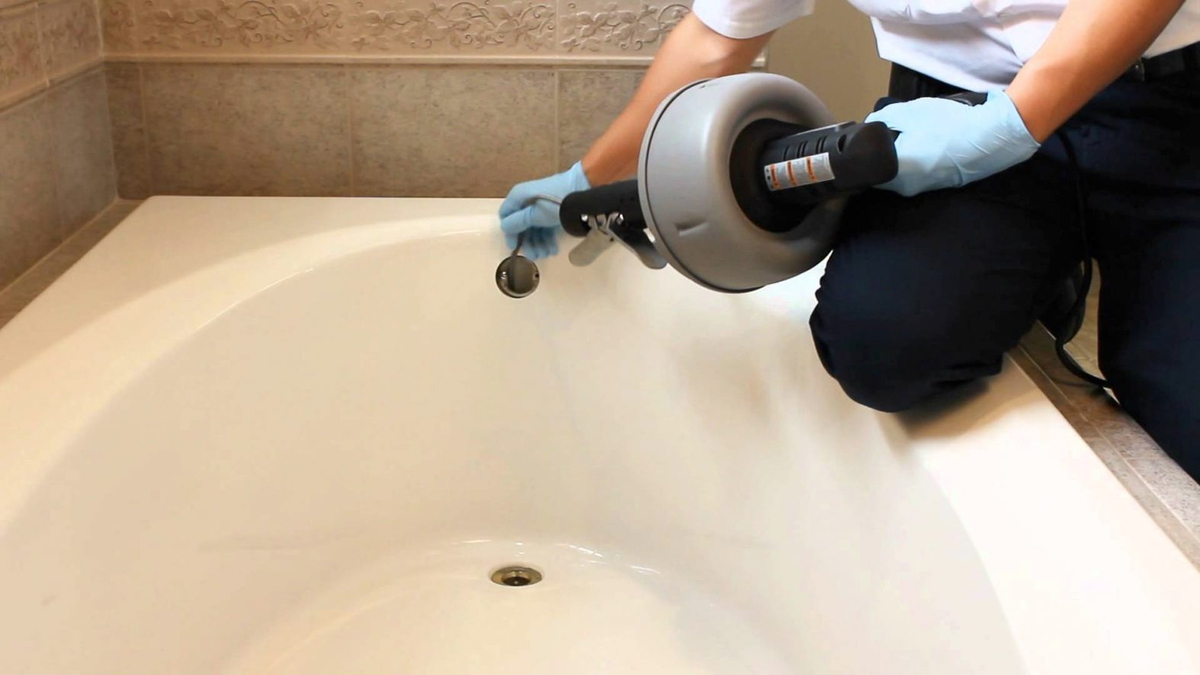
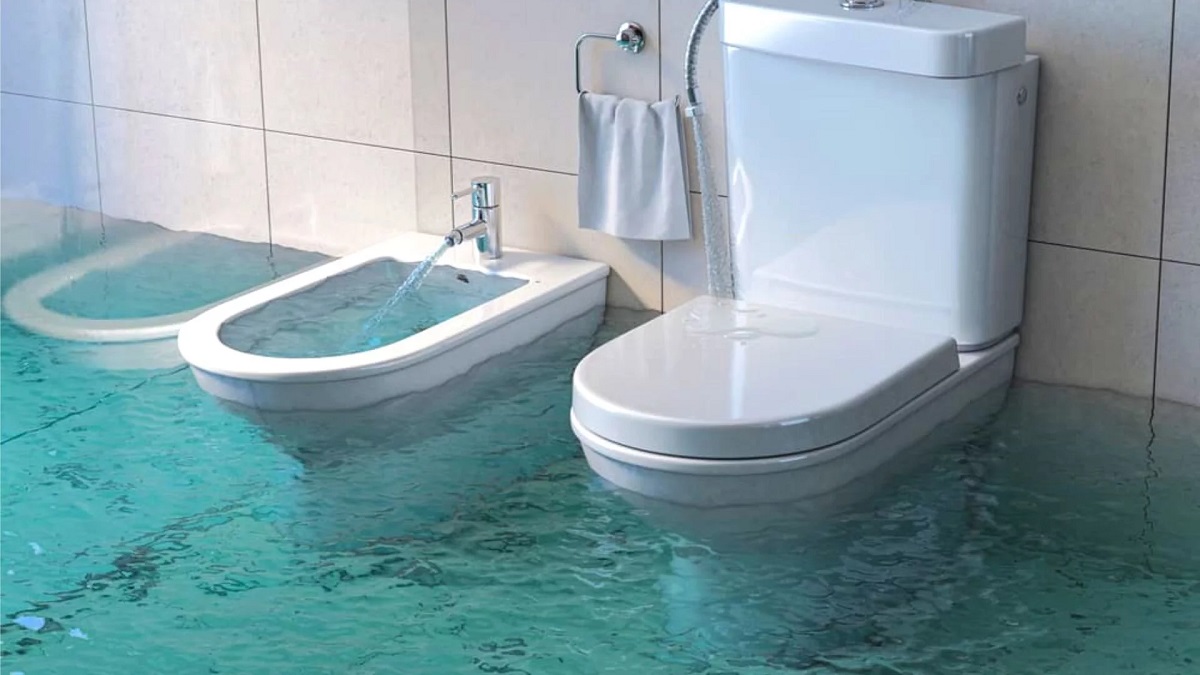
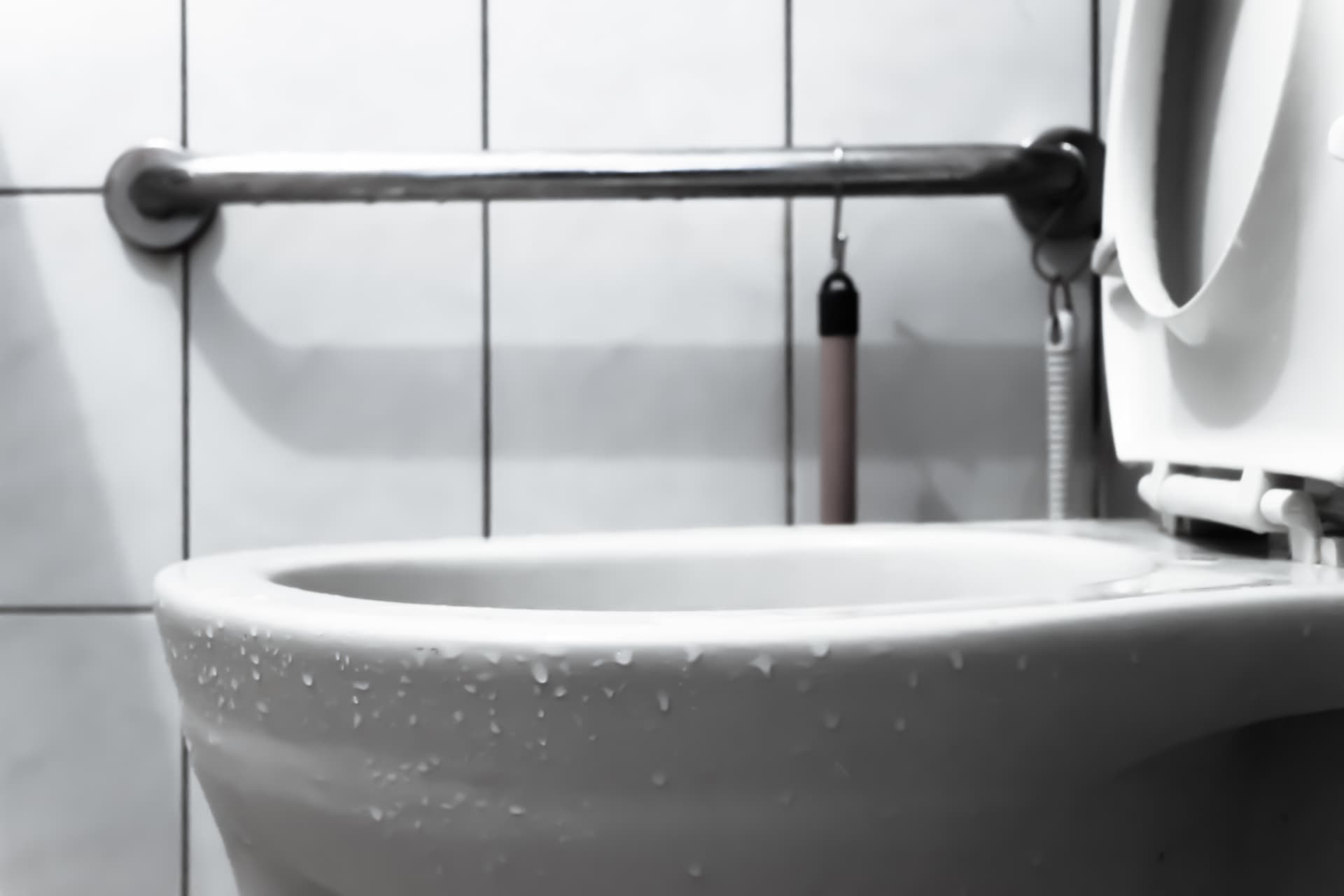

0 thoughts on “How To Unclog An Overflowing Toilet Without A Plunger”